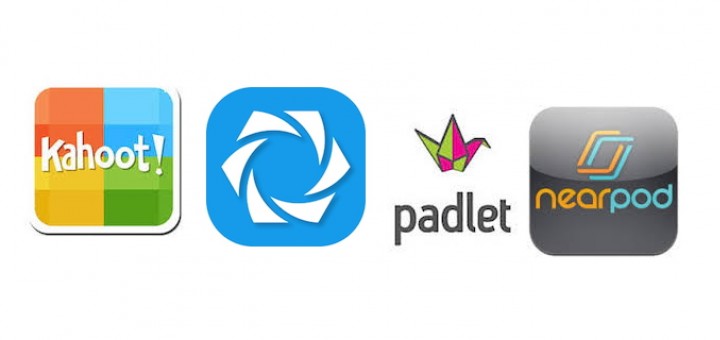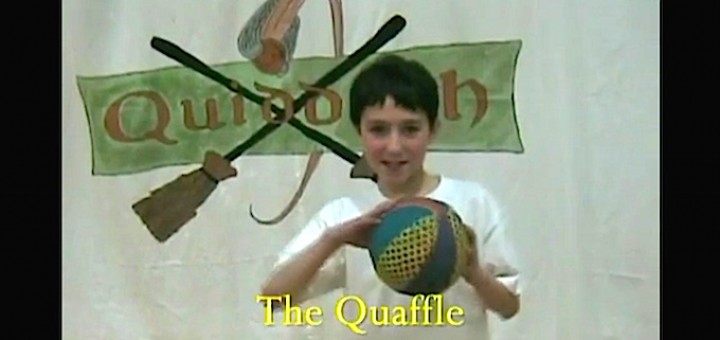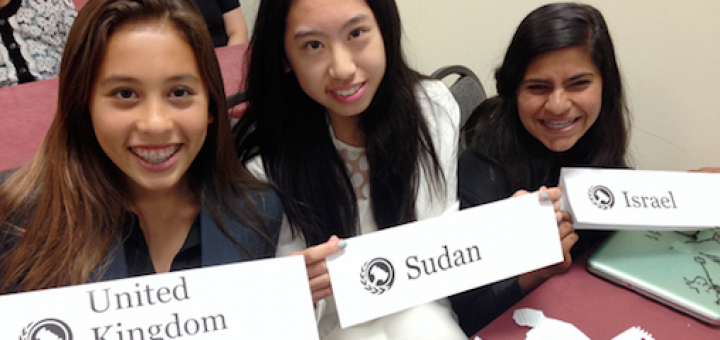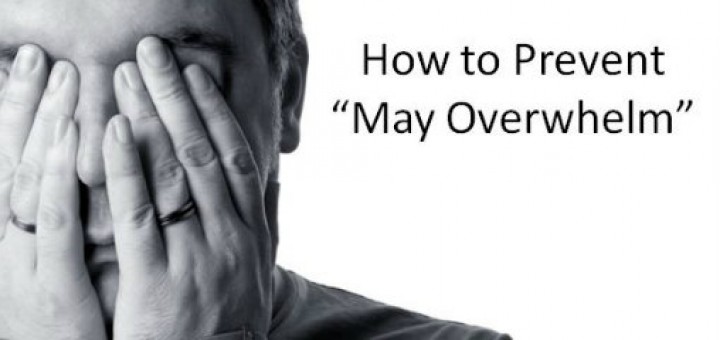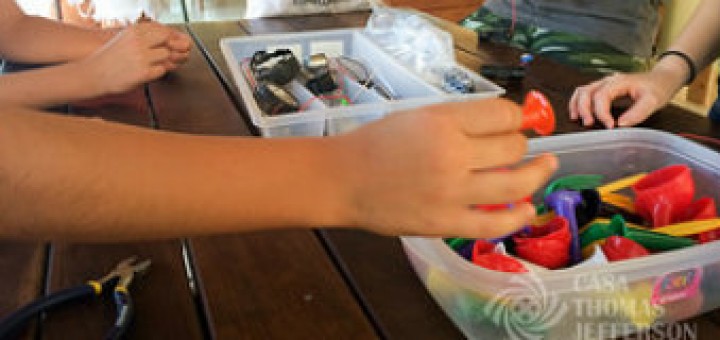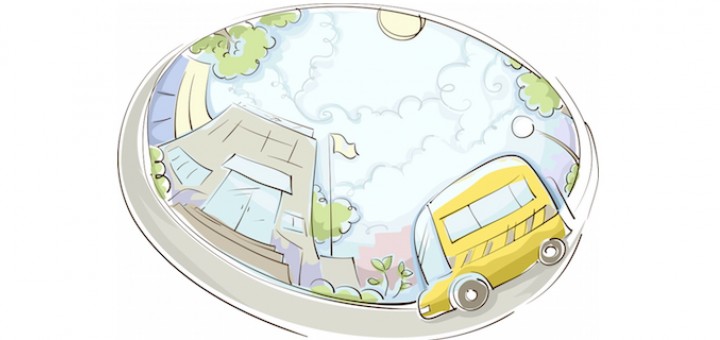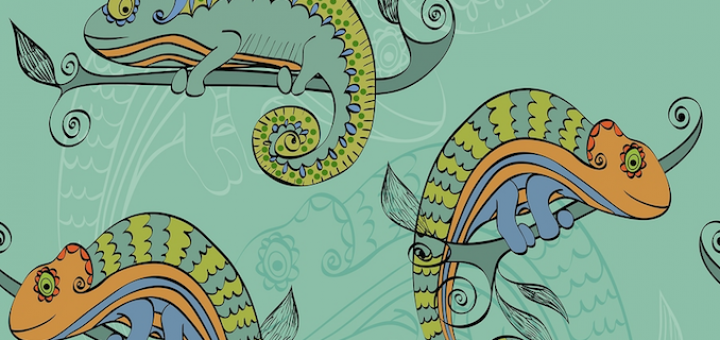Teaching and learning in grades 4-8
Formative assessment is good practice, as every teacher knows, says tech consultant Curtis Chandler, but finding time to measure individual student understanding is challenging. Chandler offers seven apps that can make the practice both routine and engaging.
At Kevin Hodgson’s school, Quidditch is not just a fun game created by its sixth graders 15 years ago. Quidditch is also a path to learning many cross-curricula skills. See how Harry Potter’s magical game becomes part of the real curriculum each Spring.
Social studies teacher Sarah Cooper has found it “heartening to talk about the news every day” with history students this school year and wonders about activities that might engage next year’s kids even more deeply in the important questions facing the world.
The breadth and depth of the topics covered by John Murray offer school administrators an excellent overview of what works when putting professional learning into practice, says reviewer Matt Renwick. “As straightforward as an educational resource gets.”
Educators who read policy pundit Rick Hess’s new book The Cage-Busting Teacher will find plenty to disagree with, says instructional specialist Curtis Chandler, but “they will also learn quite a bit about their potential and influence as an educator.”
As the year comes to a close, wouldn’t you actually like to be able to savor it? Frank Buck has 3 suggestions that can help leaders overcome May stress through organization. Try them now; implement for years to come. You and your school will be glad you did.
STEM by Design blogger Anne Jolly knows summer time can be productive learning time. In this letter to parents and caregivers, she shares fun ideas about Maker projects that encourage curiosity, creativity, persistence and teamwork. Resource links included.
Since his fast-growing district shifted to a year round schedule, teacher and PD consultant Bill Ferriter finds himself “more focused and productive as a practitioner,” more rested, and more able to pursue professional opportunities beyond the classroom.
If you find yourself moving from one co-teaching situation to the next or being placed in a co-teaching situation for the first time, read veteran special educator Michele Simonetty’s useful advice for successful adaptation that assures all kids will learn.
Math teachers wondering how their students came up with wrong answers will find lots to use in Children’s Mathematics: Cognitively Guided Instruction. Videoed children explain their solutions and so reveal teaching insights, says reviewer Maia Fastabend.

